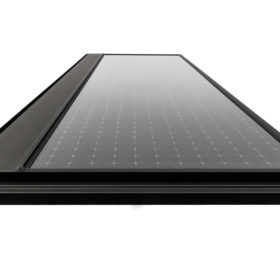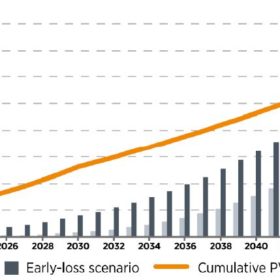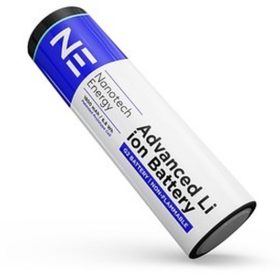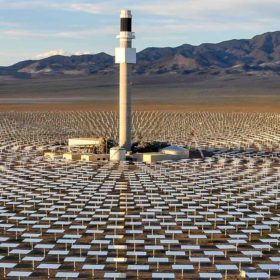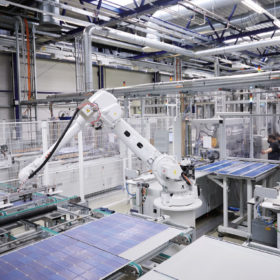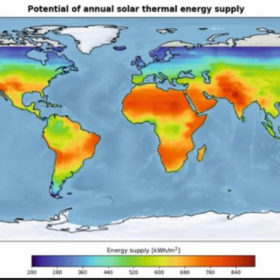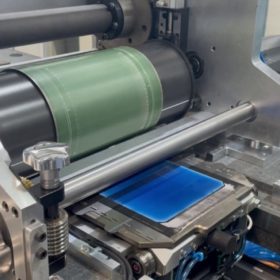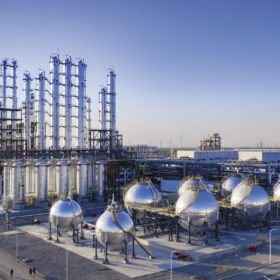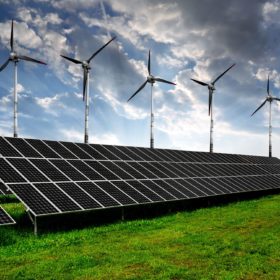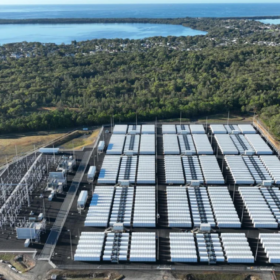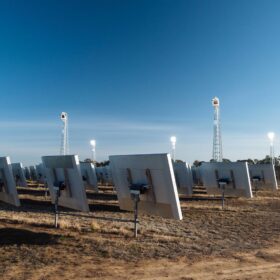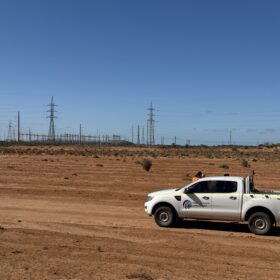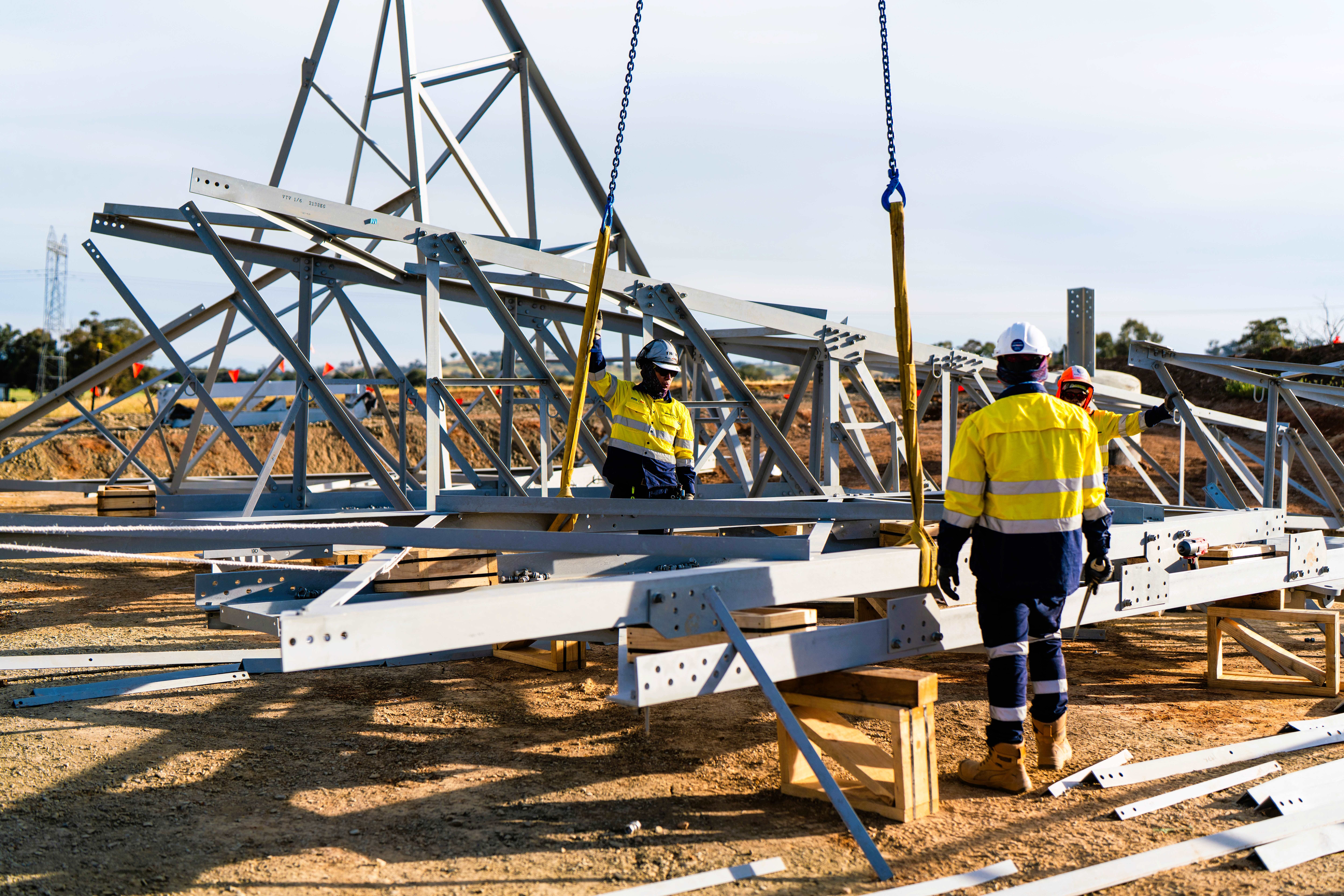Tile on the high-performance PV!
A commercial and residential solar installation company with diversified interests as a developer of some of Australia’s biggest solar farms, Leeson Group is now taking a high-performance, Australian-engineered solar roof tile to the global market.
UNSW researchers develop high yield, low cost, eco-friendly process to recycle Si-PV modules
A team of researchers from the University of New South Wales (UNSW) has proposed a cost-effective way to recycle silicon solar panels. Their process consists of module deframing, laminate shredding and material concentration using electrostatic separation, reducing their original weight by 2% to 3%.
Non-flammable, graphene-based lithium-ion batteries approaching stationary storage market
US-based Nanotech Energy’s graphene battery uses proprietary electrodes with a thermally stable separator, and non-flammable electrolyte that is said to be inexpensive to manufacture. The technology is said to be superior in terms of safety and competitive in terms of cell performance.
Solar at night
Director of the Australian Solar Thermal Research Institute, Dominic Zaal, offers a deep dive into the capabilities of concentrated solar thermal technology, including what has been proven by global projects so far and how the all important Power Purchasing Agreements stack up.
New tool to simulate climate at utility-scale PV project sites
Scientists in China have designed a new methodology to simulate the near-surface climate of utility-scale PV plants. Their findings suggest that the new tool could be used to design more climate-friendly solar parks.
Global installed PV capacity could hit 260 GW in 2022
The International Energy Agency Photovoltaic Power Systems Programme (IEA PVPS) estimates that 173.5 GW of new solar capacity was installed in 2021, and that figure might rise to 260 GW in 2022. pv magazine spoke with the co-chair of the European Solar Manufacturing Council to look into the figures.
World has technical potential to host 47.6 PWh of photovoltaic-thermal panels
Scientists from the Central European University in Hungary have estimated the global technical potential of photovoltaic-thermal (PVT) energy production by using a high-resolution geospatial model.
PV production equipment sales soaring in Europe
According to VDMA, a German engineering association, there are now more orders coming in for German production equipment from Europe than from China. Nevertheless, shipments to Asia remain dominant.
Global polysilicon capacity could hit 536 GW by end of 2023
Clean Energy Associates said in a new report that it expects polysilicon production capacity to exceed PV installations next year.
Wind, solar payback times under a year in some parts of world, says Rystad
Record energy prices, particularly in Europe, are driving demand for renewables and energy storage. That is changing the equation for utility solar and wind investment and shortening project payback times to under a year in some regions. Storage deployment, driven by recent policy developments around the world, is also expected to get a big boost through to 2030.
